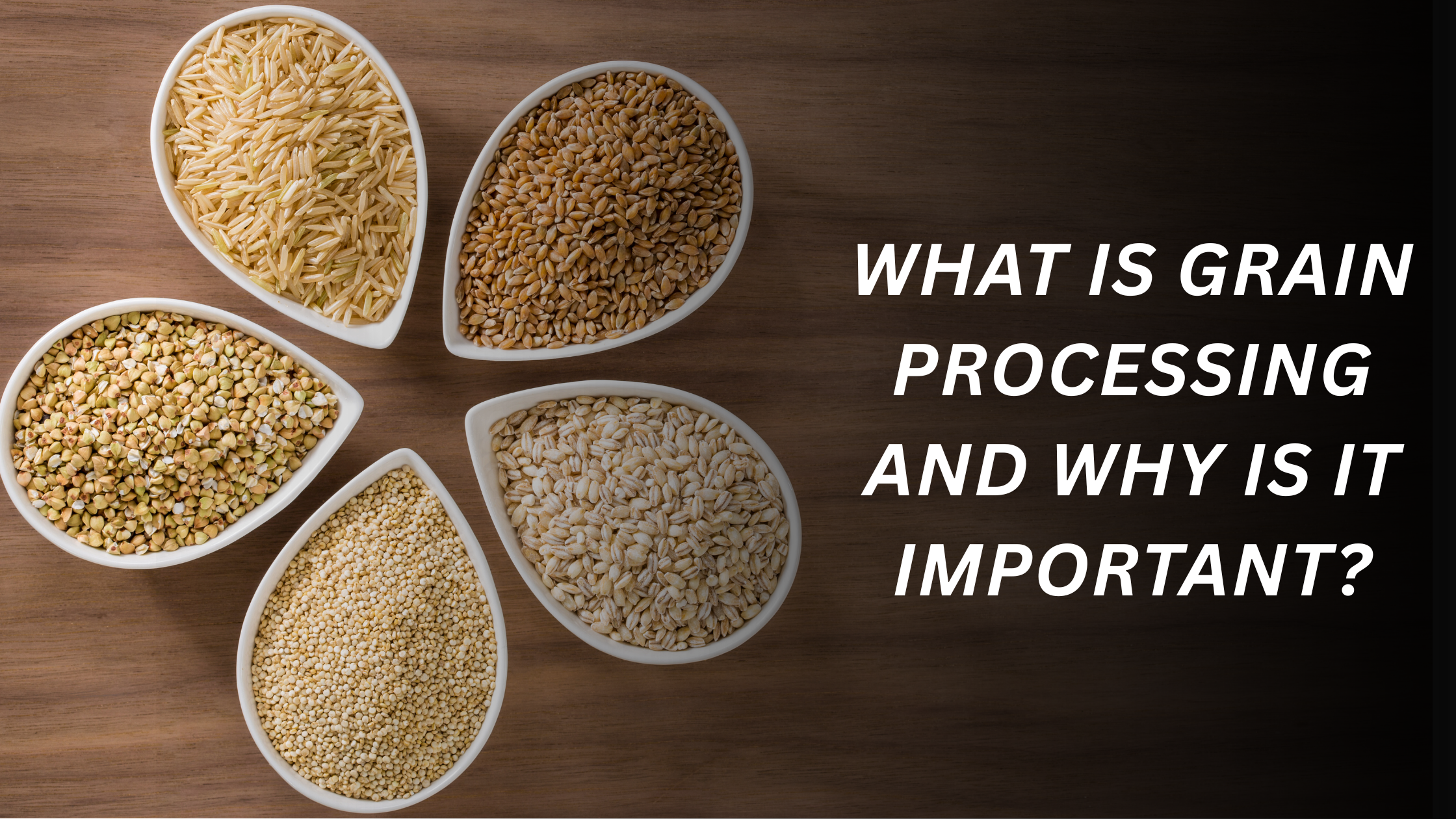Grain is one of the most valuable crops in the world, and its quality has a direct impact on food security, market value, and the performance of the crop. Whether it’s wheat, rice, maize, or barley, farmers and millers know that poor handling can lead to contamination, spoilage, and significant losses. The good news is that keeping grain quality does not always require heavy investments – consistent monitoring, careful storage, and simple best practices can go a long way.
Below are some simple yet powerful tips to guarantee that your grains stay in prime condition from harvesting to processing.
1. Harvest at the Right Moisture Level
One of the most critical factors in grain quality is moisture content. Harvesting too early, when the grains are not fully matured, can result in shrinkage and loss of weight. On the other hand, delaying harvest exposes the grain to pests, rain, and fungal attacks. Ideally, grains should be harvested when they reach the recommended moisture percentage (for example, around 12–14% for wheat and rice). Using a grain moisture meter helps farmers make informed decisions and avoid unnecessary risks.
2. Clean Before Storage
Grains often carry impurities such as husks, straw, stones, or even dust. If stored without cleaning, these impurities can encourage microbial activity and spoilage. Investing time in proper cleaning using sieves, aspirators, or de-stoners improves airflow in storage and reduces the chances of infestation. Clean grain not only lasts longer but also fetches a better price in the market.
3. Control Moisture in Storage
Moisture is the biggest enemy of stored grains. Even after harvesting at the right stage, grains tend to absorb atmospheric moisture if not stored carefully. A moisture content above safe storage levels can promote the growth of fungi such as Aspergillus or Penicillium, which produce dangerous mycotoxins. To avoid this, grains should be dried properly and stored in well-ventilated structures. In humid regions, using mechanical dryers or aeration systems can make a big difference.
4. Use Proper Storage Containers
The choice of storage methods plays a vital role in grain preservation. Traditional jute bags, though economical, may allow insect entry or absorb moisture. Instead, modern storage methods like hermetic bags, metal bins, or silos offer better protection. Hermetic storage, in particular, creates an airtight environment that suffocates insects and prevents mold growth. Farmers looking for cost-effective solutions can use layered plastic bags or locally available airtight drums to keep small quantities safe.
5. Regularly Monitor Stored Grain
Simply storing the grain is not enough; regular inspection is necessary. Every few weeks, check for signs of insect infestation, unusual odors, or clumping, which may indicate moisture issues. Early detection allows farmers to take corrective measures such as sun-drying, fumigation, or aeration before the problem worsens. Ignoring routine checks often leads to large-scale spoilage that could have been easily prevented.
6. Protect Against Pests and Rodents
Insects, weevils, and rodents are notorious for destroying stored grains. Simple steps like sealing cracks in storage rooms, using rodent guards, and maintaining cleanliness around the storage site reduce the chances of infestation. Natural repellents such as Azadirachta indica (neem leaves), diatomaceous earth (silica soil), or edible-grade oils are also widely used by farmers to keep insects away without resorting to harsh chemicals.
7. Maintain Hygiene Around Storage Facilities
Good hygiene is as important as good storage. Piled-up debris, spilled grains, or leftover dust can attract pests and create breeding grounds for insects. Always keep storage areas clean, dry, and free of unnecessary clutter. Regular fumigation of storage spaces, especially before a new batch is stored, helps minimize risk.
8. Ensure Proper Transportation
Grain quality can deteriorate quickly if not handled correctly during transportation. Overloading trucks or using damp sacks can cause the grain to heat up, leading to spoilage. Always use dry containers, ensure proper ventilation, and avoid delays between harvest and storage to maintain freshness.
Conclusion
Maintaining grain quality is not just about preventing losses—it’s about safeguarding food supply, protecting farmer income, and ensuring that consumers get safe, nutritious products. By focusing on moisture control, proper cleaning, hygienic storage, and regular monitoring, farmers and millers can preserve the true value of their harvest. These simple, easy-to-apply tips require discipline more than high investment, but the returns in terms of quality and profitability are significant.
Grain is the backbone of our food system, and keeping it safe should always be a top priority. With consistent care, every harvest can retain its worth from the field to the consumer’s plate.
For more information, connect with Flourtech at info@flourtechindia.in or call us at +91 9911059974.



